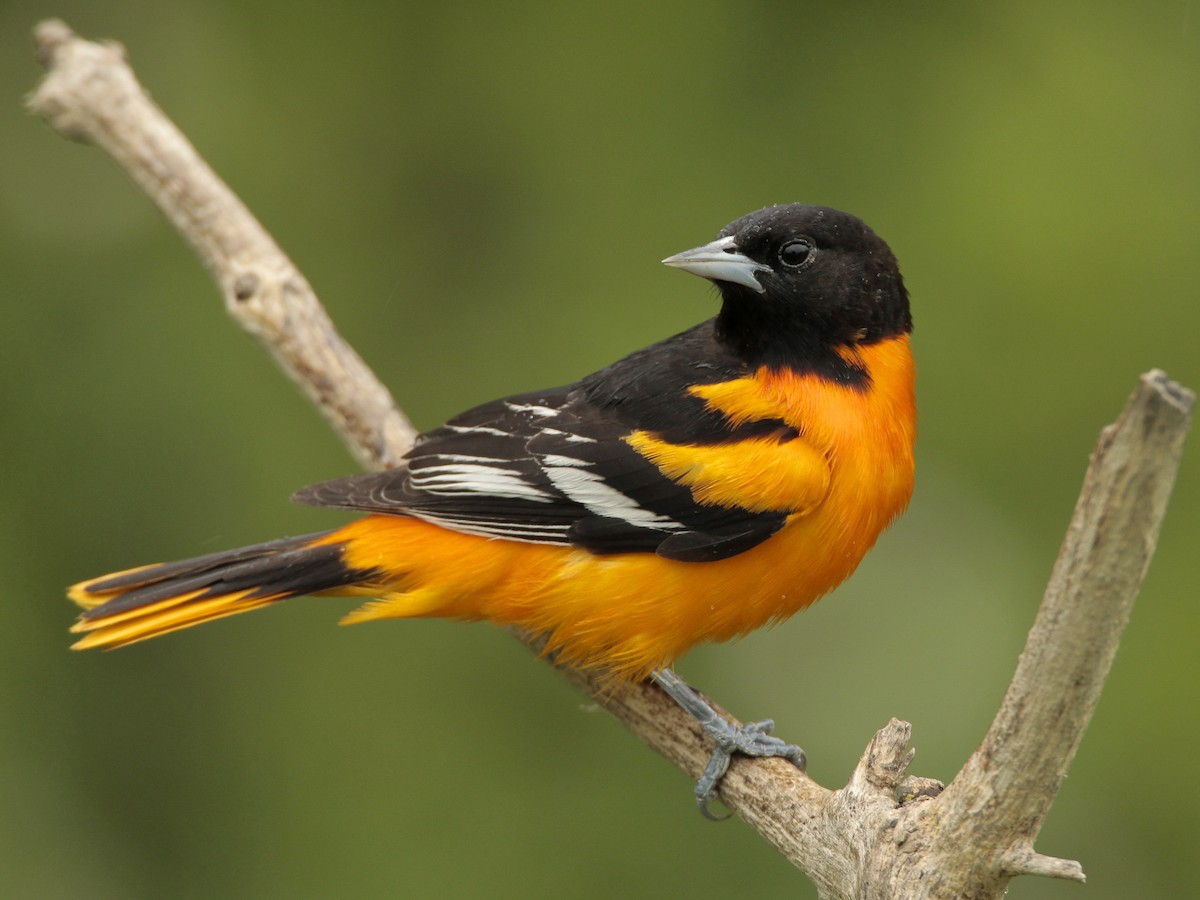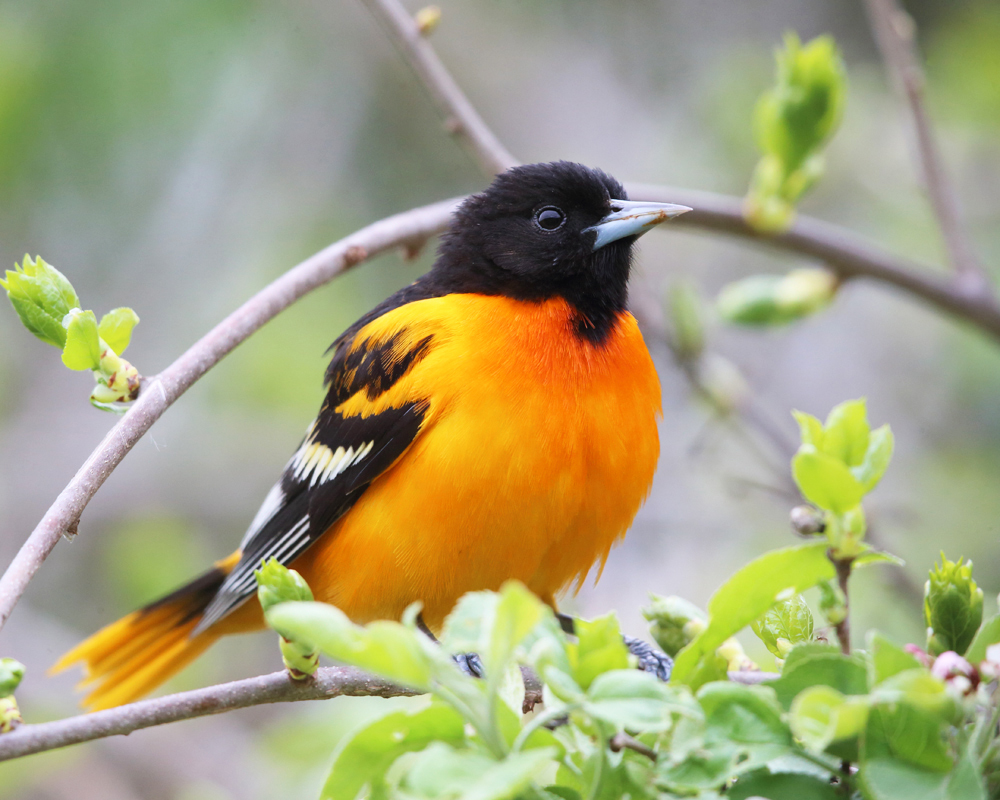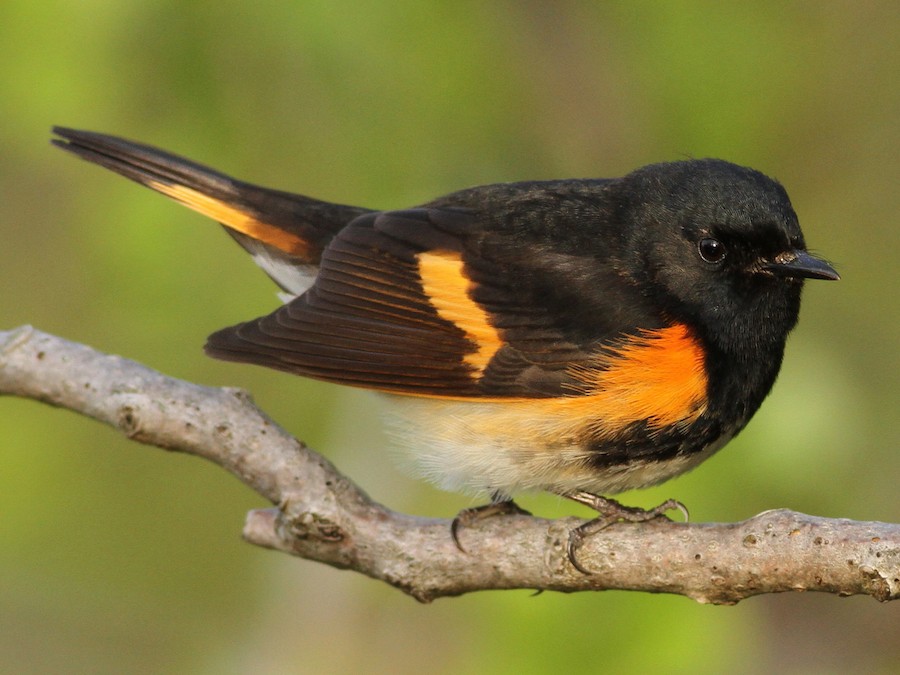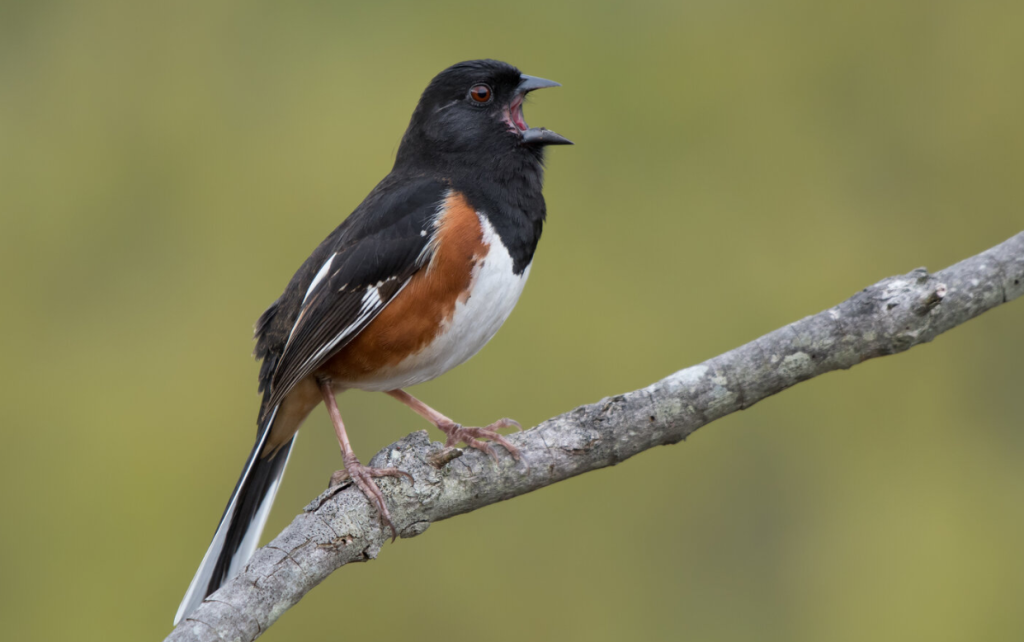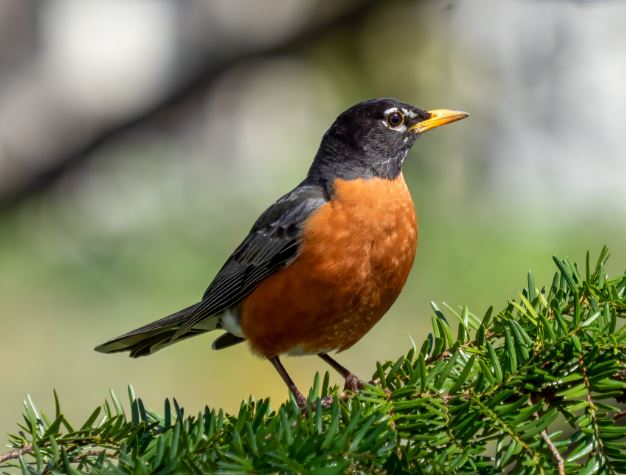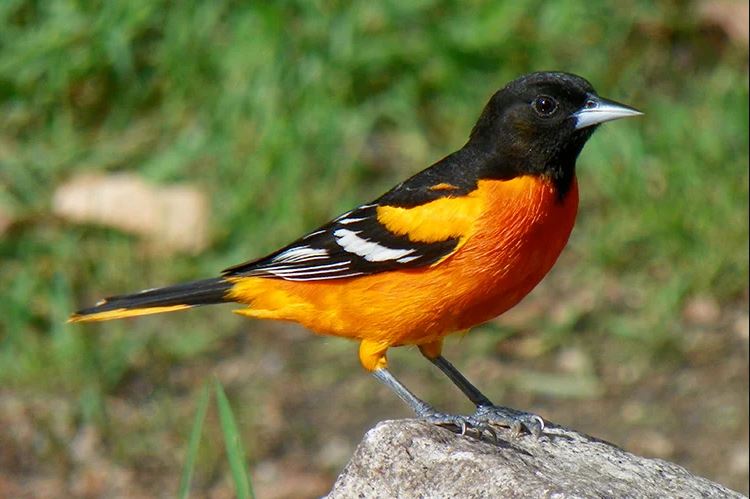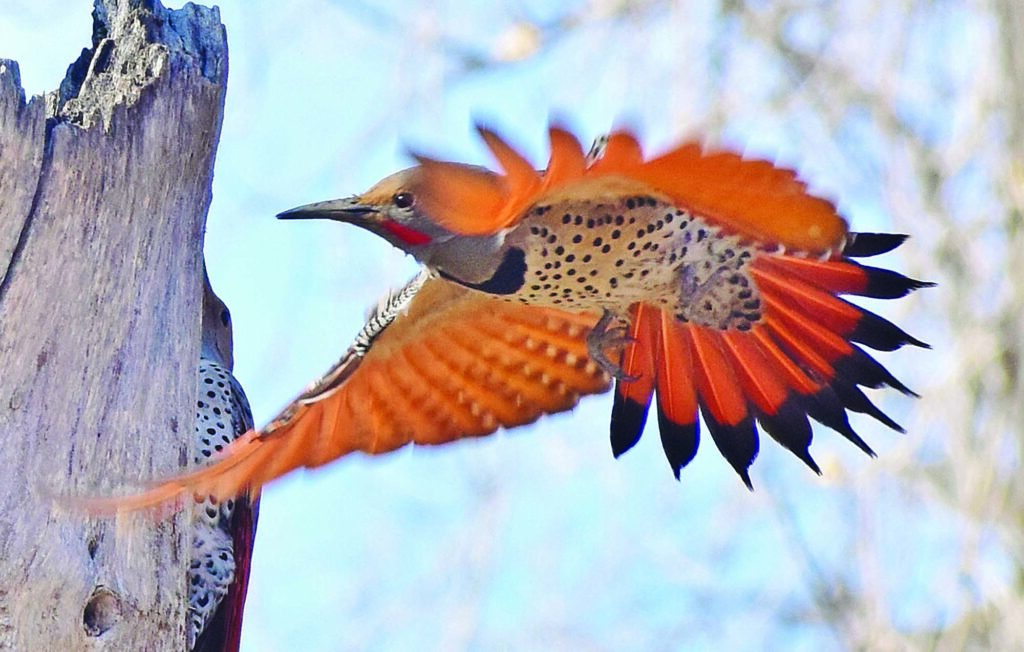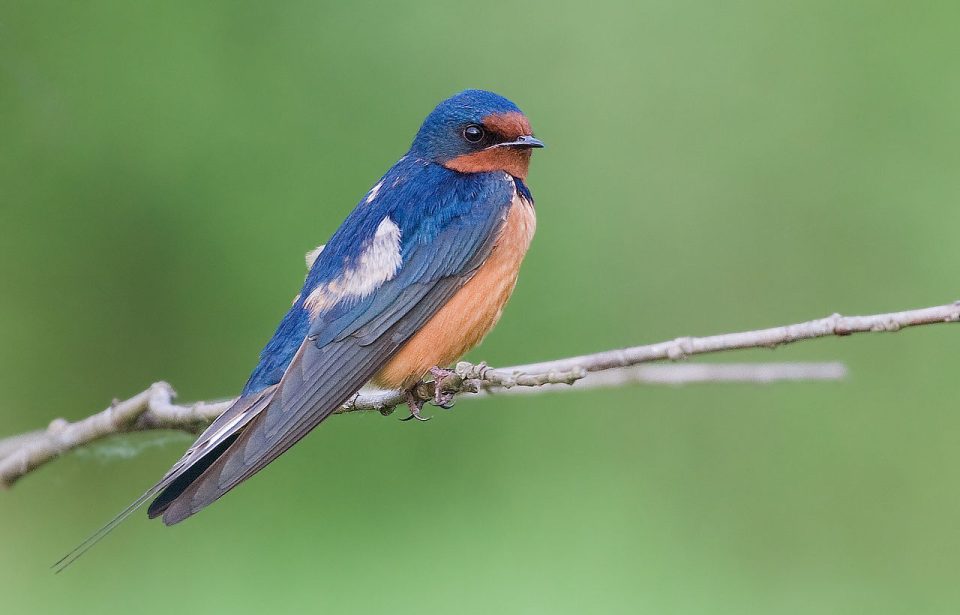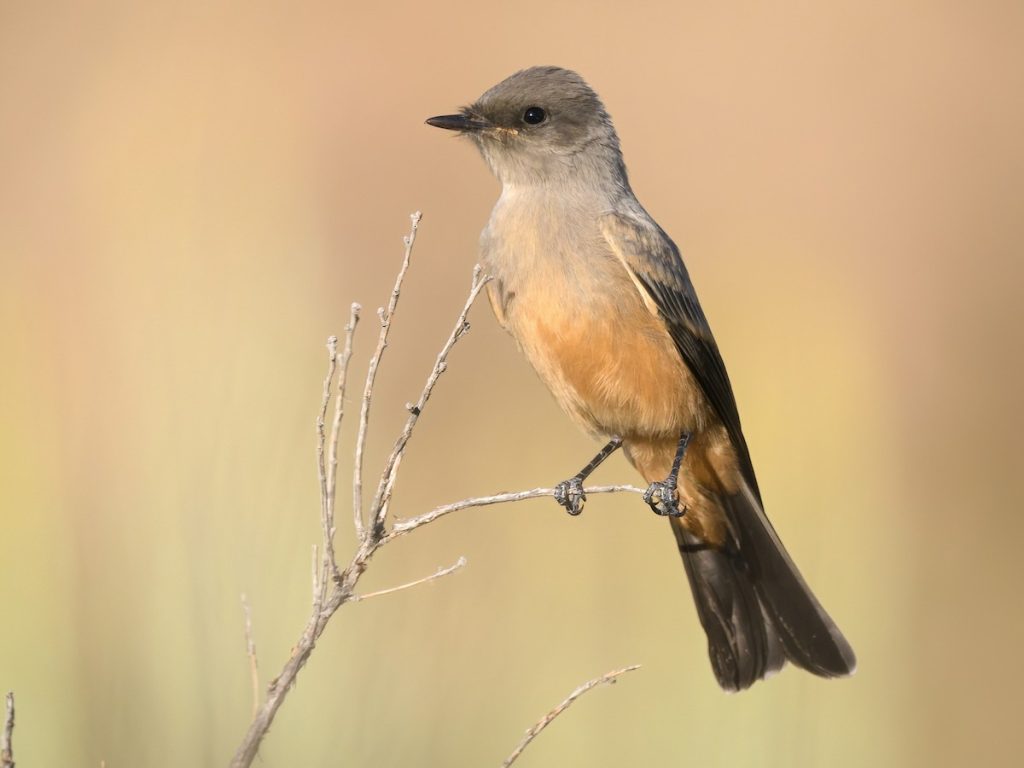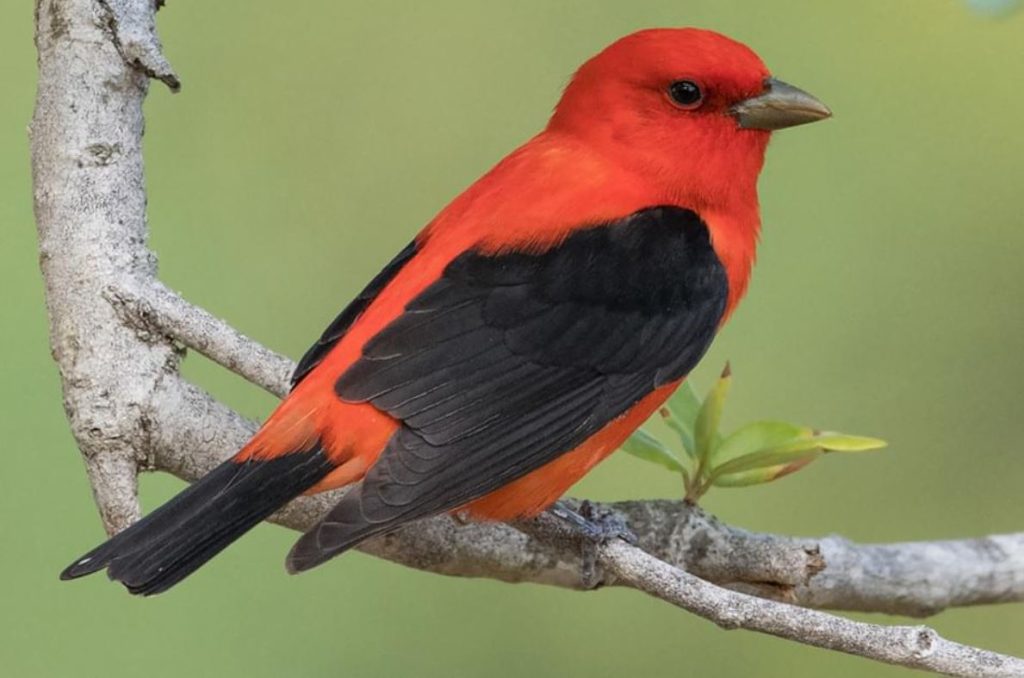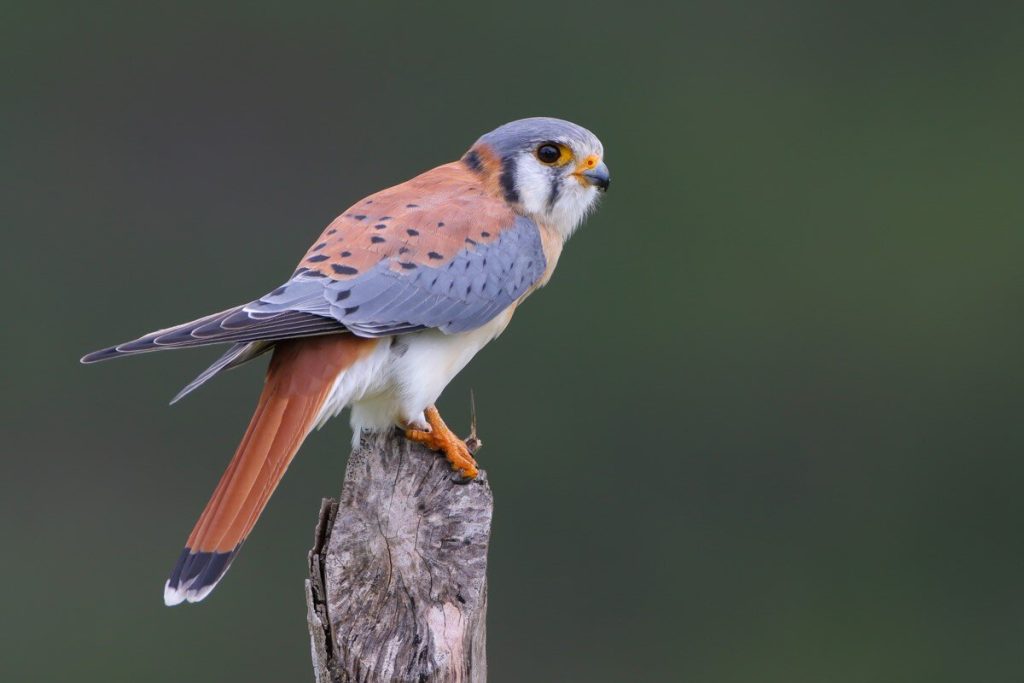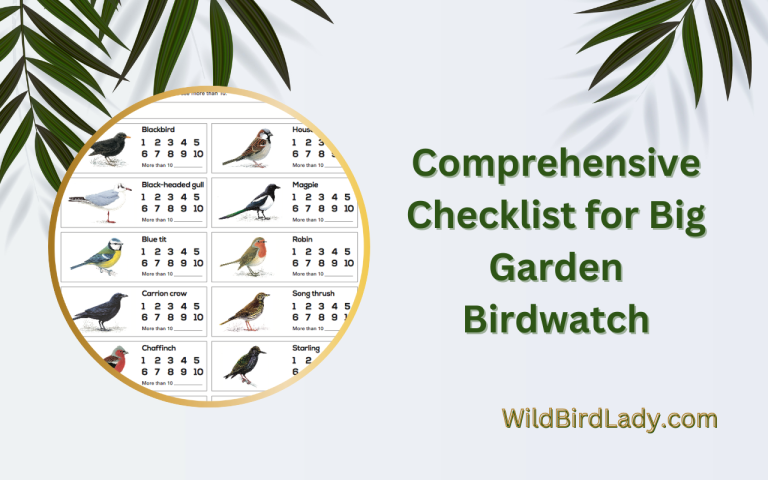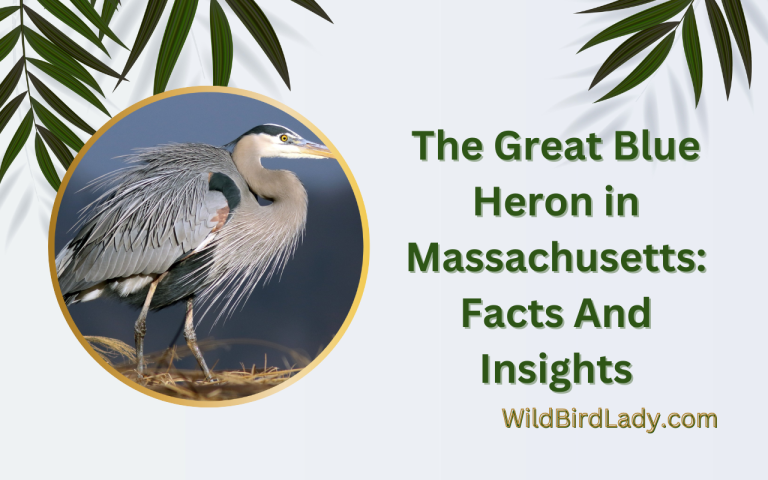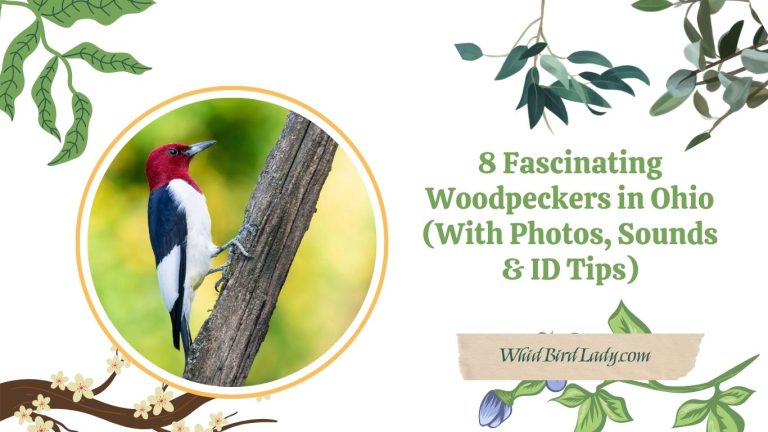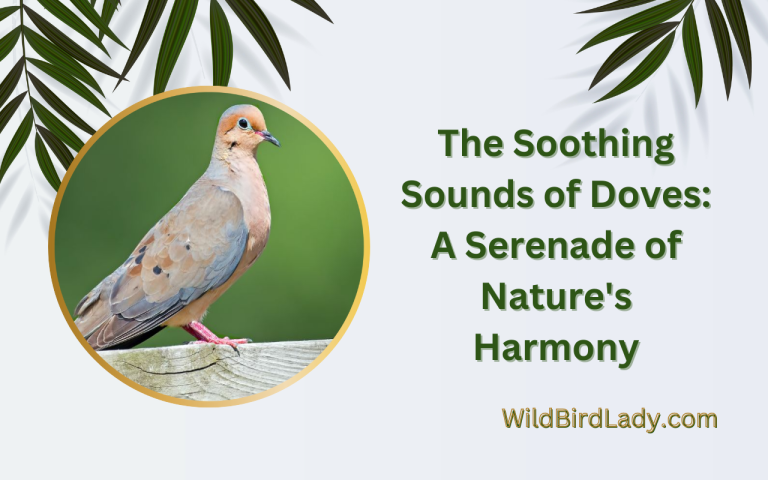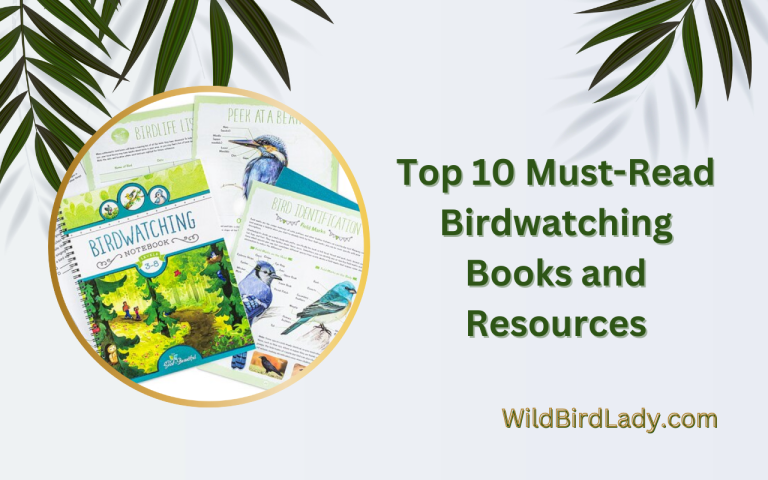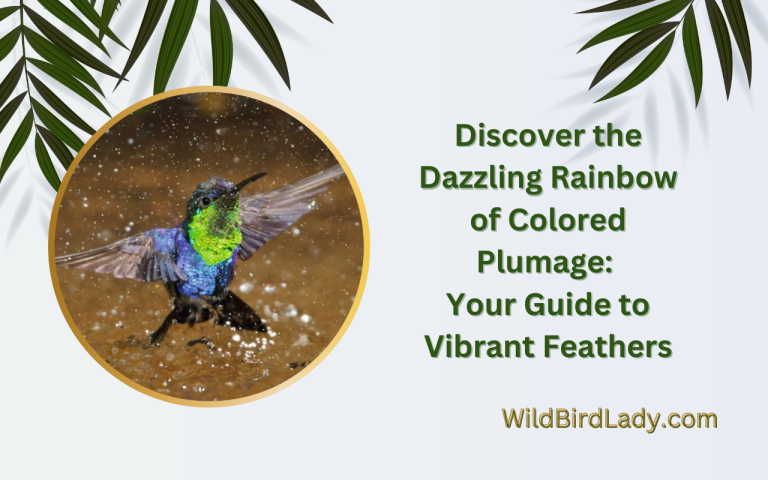Orange Birds in Ohio: 10 Stunning Species You Can Spot in Your Backyard
If you’ve ever found yourself sipping coffee on a quiet Ohio morning, only to be startled by a flash of fiery orange flitting past your window, you’re not alone. I’ve spent over 13 years exploring the gentle hills and dense woodlands of this beautiful state, binoculars in hand, chasing the very mystery of orange birds in Ohio.
There’s something undeniably captivating about orange-feathered birds. Unlike the stealthy browns of sparrows or the predictable red of cardinals, orange birds carry a kind of wild unpredictability—flashes of flame among the green. In this article, I’ll introduce you to 10 stunning orange birds in Ohio you might spot right in your backyard.
Let’s dive into their colors, songs, behavior—and how to invite them into your daily life.
1. Baltimore Oriole (Icterus galbula)
🟠 The Crown Jewel of Ohio’s Orange Birds
No list of orange birds in Ohio would be complete without the dazzling Baltimore Oriole. Males boast a fiery orange belly and shoulders, offset by jet-black heads and wings. Females are more muted, with warm yellow-orange tones, but no less graceful.
Where to Spot: Look for them in deciduous trees during late April to August. They often return to the same territories each year.
Sound: Their whistling song is rich and flute-like.
Backyard Tip: Hang orange slices and grape jelly feeders near tall trees—they’ll come fluttering in like summer spirits.
2. American Redstart (Setophaga ruticilla)
🟠 Small Bird, Big Drama
Though often mistaken for a warbler, the male American Redstart flashes brilliant orange patches on the sides, wings, and tail, contrasting against black plumage. These flashes aren’t just decorative—they’re used to startle insects into flight!
Where to Spot: Forest edges, shrubby roadsides, and even suburban gardens during spring and fall migration.
Sound: A high, squeaky “see-see-see!” song.
Backyard Tip: Plant native shrubs like elderberry or dogwood to attract insects they love to chase.
3. Eastern Towhee (Pipilo erythrophthalmus)
🟠 The Ember in the Underbrush
This large sparrow isn’t completely orange—but its sides burn a deep rusty orange that stands out when seen against its black upper body and white belly. Watching one hop through leaf litter is like seeing a coal flare briefly in the shade.
Where to Spot: Ground-level shrubs and forest edges.
Sound: “Drink your teeeee!” is how birders often describe their cheerful tune.
Backyard Tip: Leave leaf litter undisturbed in one corner of your yard. It’s their favorite foraging spot.
4. American Robin (Turdus migratorius)
🟠 Ohio’s Orange-Chested Favorite
Yes, robins are technically red-breasted—but I’d argue their iconic chests lean closer to burnt orange, especially in the golden light of spring. You’ve seen them on lawns, tugging worms from the soil with focused intent.
Where to Spot: Lawns, gardens, parks—virtually everywhere in Ohio.
Sound: Melodic and continuous chirping—one of the first bird songs of spring.
Backyard Tip: Keep a water source like a birdbath clean and full—they love to bathe often.
5. Orchard Oriole (Icterus spurius)
🟠 The Darker Cousin of the Baltimore
This oriole is smaller and less commonly seen but just as lovely. Males are a rich chestnut-orange rather than bright flame, paired with black hoods. Females are greenish-yellow, making ID a fun challenge.
Where to Spot: Open orchards, riverbanks, and scattered trees from May to July.
Sound: A fast, jumbled warble.
Backyard Tip: Offer nectar-rich flowers and native fruiting trees like mulberry or black cherry.
6. Northern Flicker (Colaptes auratus)
🟠 A Woodpecker with a Splash of Fire
Northern Flickers are unique among woodpeckers—they often forage on the ground and flaunt a bold orange flash under their wings and tail when they fly. In Ohio, you’ll typically see the Yellow-shafted variety, but hybrids can show orange hues too.
Where to Spot: Wooded yards, open fields with scattered trees.
Sound: A loud, repeating “wick-a-wick-a-wick!”
Backyard Tip: Keep a patch of your yard natural—flickers love digging for ants and beetles in soft soil.
7. Barn Swallow (Hirundo rustica)
🟠 Grace in the Air
Sleek and aerial, barn swallows are most famous for their acrobatic flights and forked tails. Their underbellies and faces shine with a rich orange-rust color that glows at dawn and dusk.
Where to Spot: Around barns, open fields, and telephone wires.
Sound: A cheerful, twittering stream of notes.
Backyard Tip: Allow swallows to nest under eaves or ledges—they return to the same nesting sites each year.
8. Eastern Phoebe (Sayornis phoebe)
🟠 Subtle Beauty, Surprising Rust
While not completely orange, the Eastern Phoebe sometimes develops a warm orange wash on its sides and belly during fall molt. These flycatchers are loyal to nesting ledges and bridges—and surprisingly tolerant of human presence.
Where to Spot: Near water, bridges, sheds, and quiet human structures.
Sound: Raspy “fee-bee, fee-bee.”
Backyard Tip: Mount a simple nesting platform under a porch roof or shed overhang.
9. Scarlet Tanager (Piranga olivacea)
🟠 The Summer Surprise
Okay—I hear you. “Scarlet” tanager? Isn’t it red? Yes, but here’s the secret: females and juveniles show a stunning orange-yellow coloration. In fact, inexperienced birders often confuse them with orioles. During late summer, even males start molting into a duller orange plumage.
Where to Spot: Dense deciduous forests, especially during migration.
Sound: Robin-like but hoarser—some call it “a robin with a sore throat.”
Backyard Tip: Provide deep woods or tall trees nearby—scarlet tanagers rarely visit feeders but may come to water features.
10. American Kestrel (Falco sparverius)
🟠 The Falcon with Fiery Feathers
Last but not least—the American Kestrel, North America’s smallest falcon. Males have striking rusty-orange backs and tails paired with slate-blue wings. Watching one hover before diving is pure poetry in motion.
Where to Spot: Farmlands, powerlines, and open meadows.
Sound: High-pitched “klee-klee-klee!”
Backyard Tip: Install a kestrel nesting box near open fields if you’re in a rural area.
Why Are Orange Birds So Special?
Color in the bird world often signifies more than just beauty. Orange feathers can indicate health, diet quality, or breeding readiness. Carotenoids from fruits and insects contribute to these fiery hues. That’s why having a bird-friendly garden—rich in native plants, insects, and clean water—helps not only attract these birds but keep them healthy.
❓ FAQ: Orange Birds in Ohio
Q1: What are the most common orange birds in Ohio?
A1: The most common orange birds include Baltimore Orioles, American Robins, and Eastern Towhees. Each species brings a flash of color to backyards and woodlands across Ohio.
Q2: How can I attract orange birds to my backyard in Ohio?
A2: Offer fresh fruit (like oranges), grape jelly, native plants, water sources, and nesting boxes. Orioles love citrus, while robins enjoy birdbaths and open lawns.
Q3: Are there orange birds in Ohio year-round?
A3: Some, like the American Robin and Northern Flicker, stay through winter, while others, like Baltimore Orioles and Scarlet Tanagers, are spring and summer visitors.
Q4: What’s the difference between an oriole and a tanager in Ohio?
A4: Orioles are in the blackbird family and tend to have stronger contrasting colors (black and orange), while tanagers are songbirds, with males bright red and females yellow-orange.
Q5: Are orange birds rare in Ohio?
A5: Not necessarily! Many orange birds are seasonal, so their appearances are fleeting but regular each year, especially during spring and summer migrations.
Final Thoughts from My Backyard in Ohio
As someone who has walked hundreds of trails and logged thousands of bird sightings in the Buckeye State, I still feel a thrill every time I see a flash of orange in the trees. It’s nature’s way of reminding us that beauty often lies just beyond our kitchen windows.
So whether you’re an experienced birder or just a curious soul looking out at your feeder, keep your eyes open. The orange birds in Ohio are not only real—they’re waiting to be seen, heard, and appreciated.
Happy birdwatching!
— Rifat Ahmed
Read also: Hawks in New York

